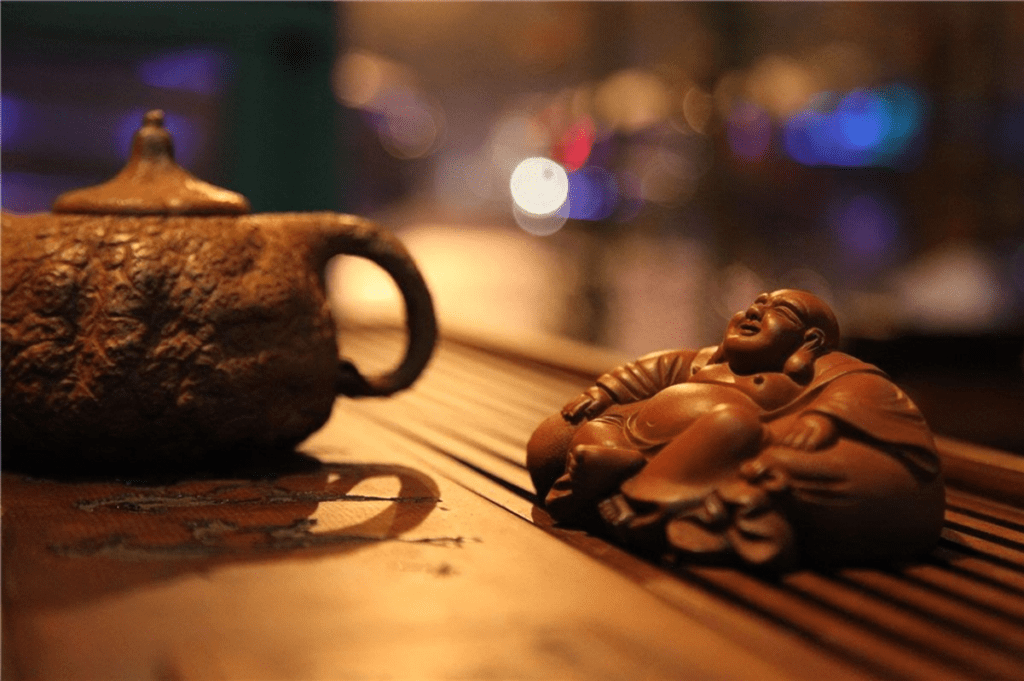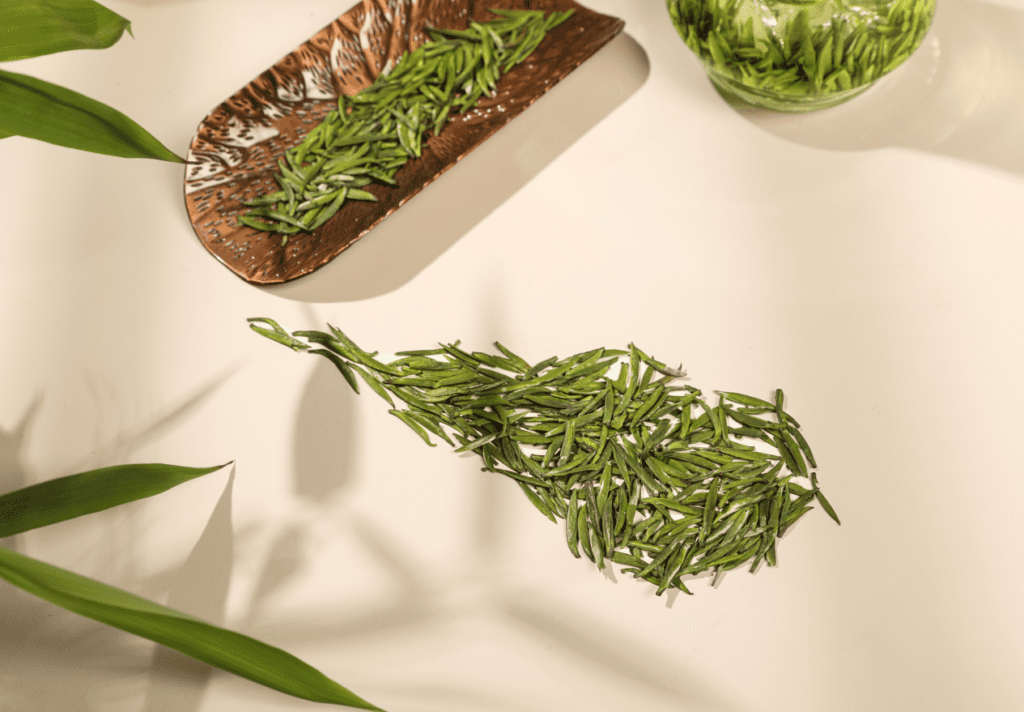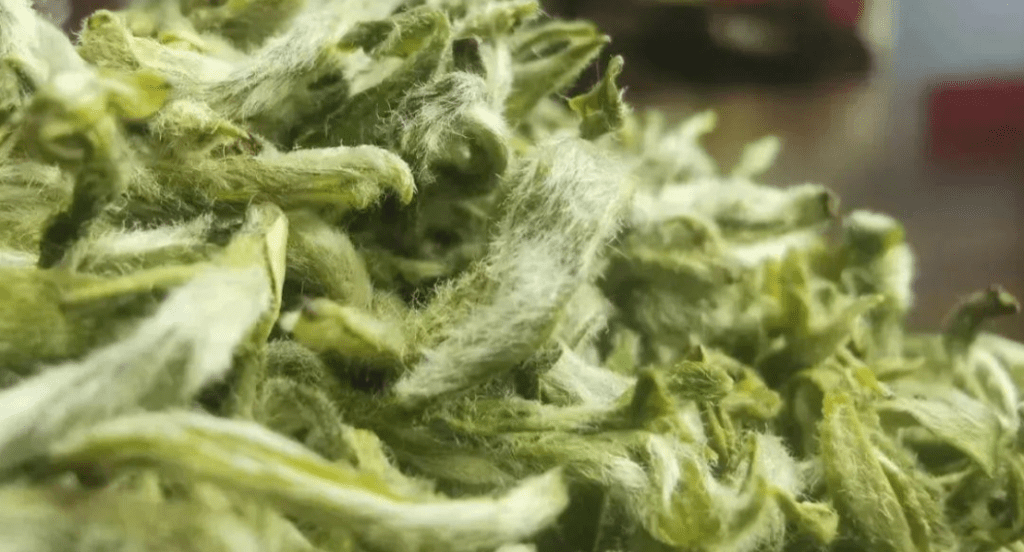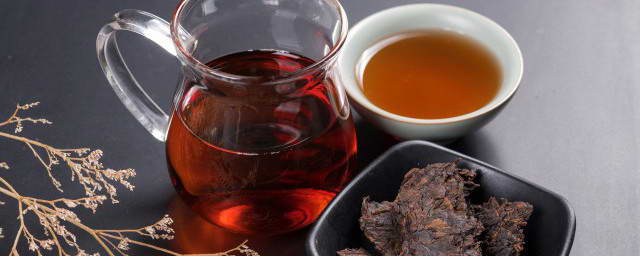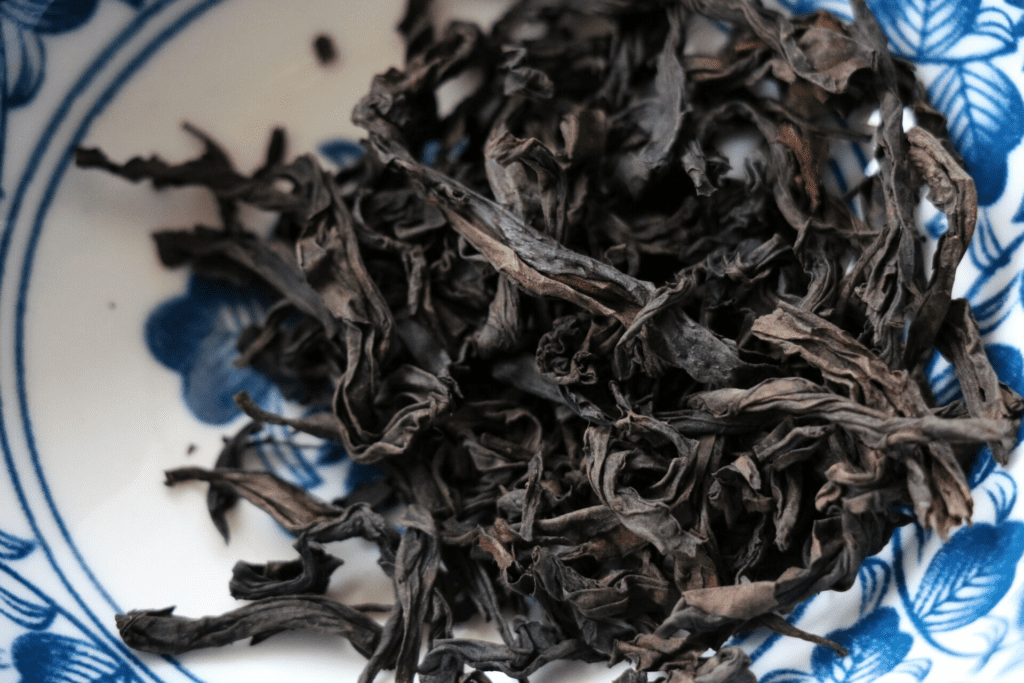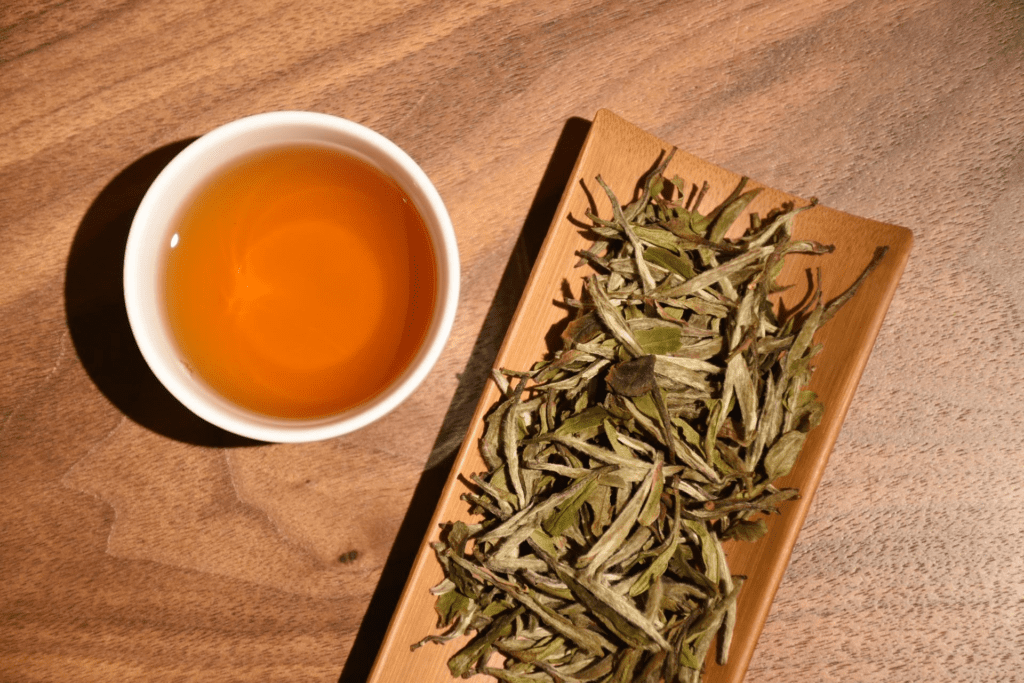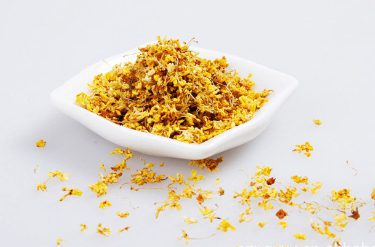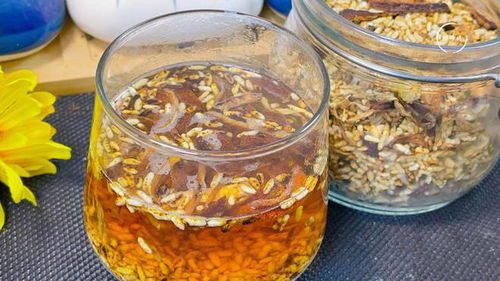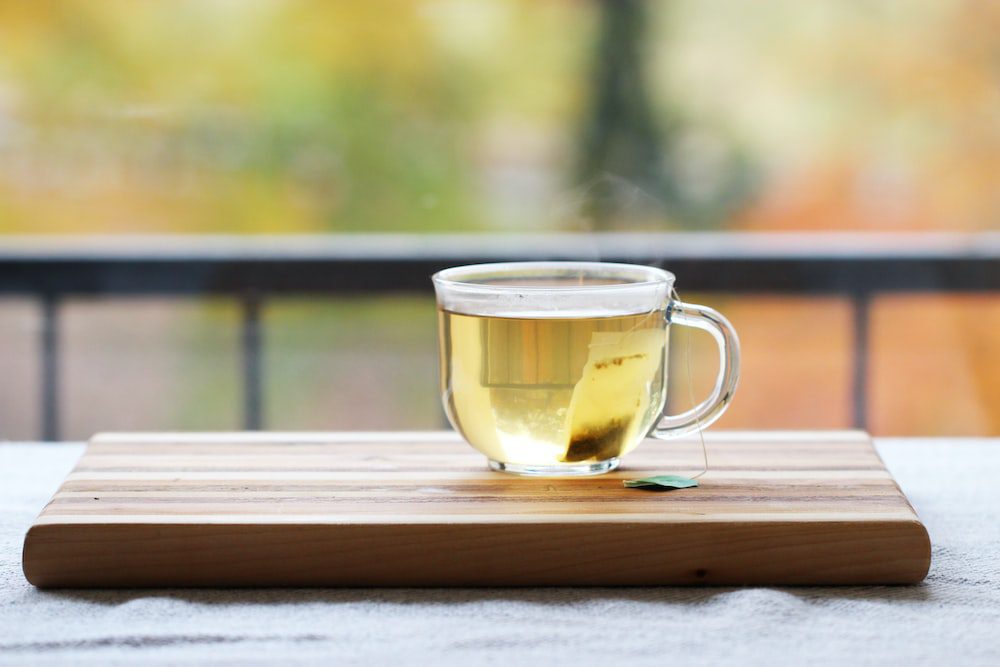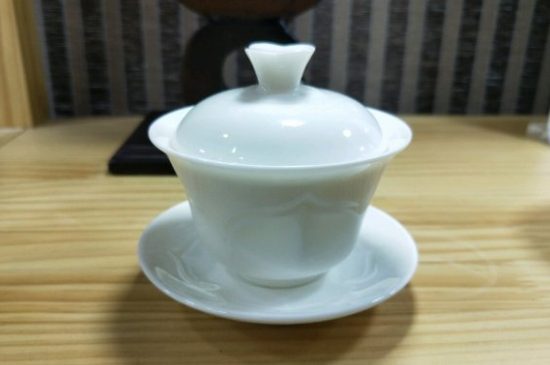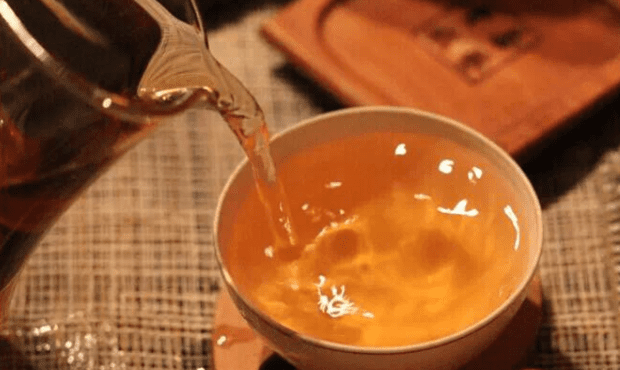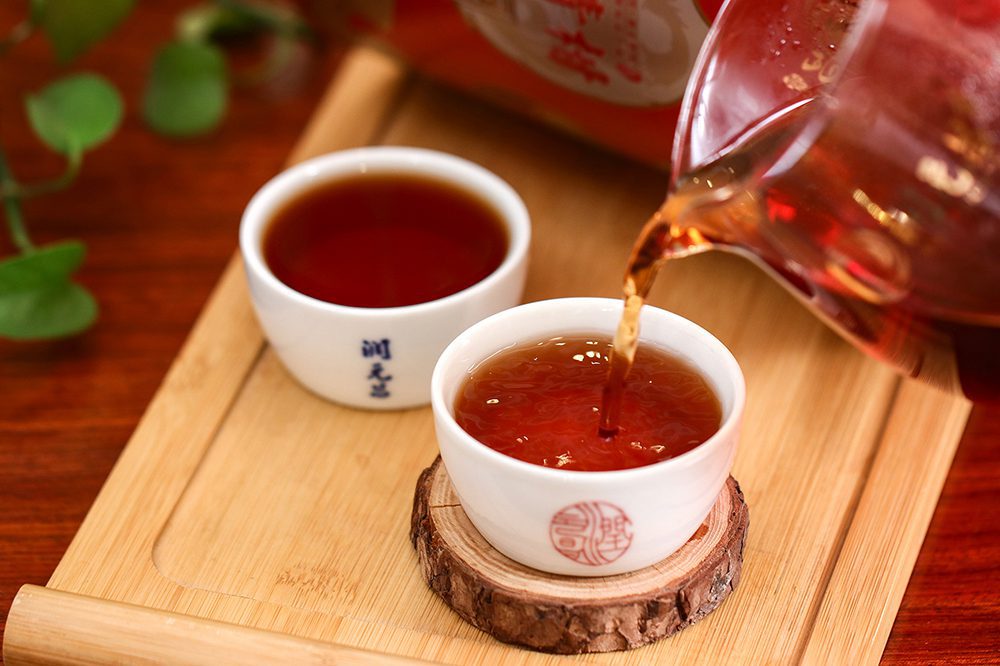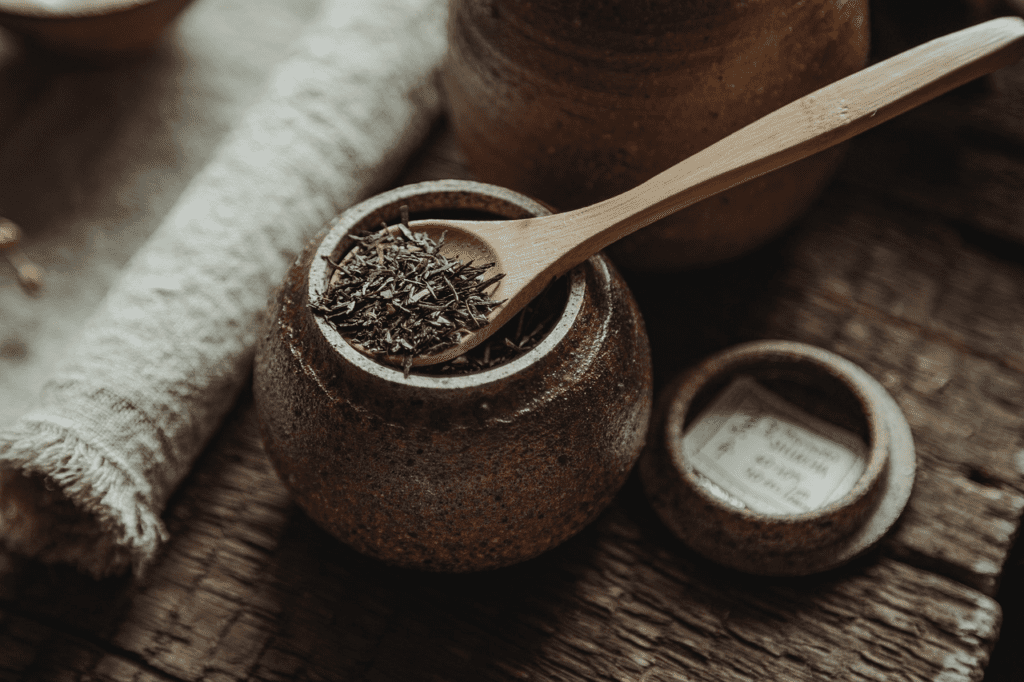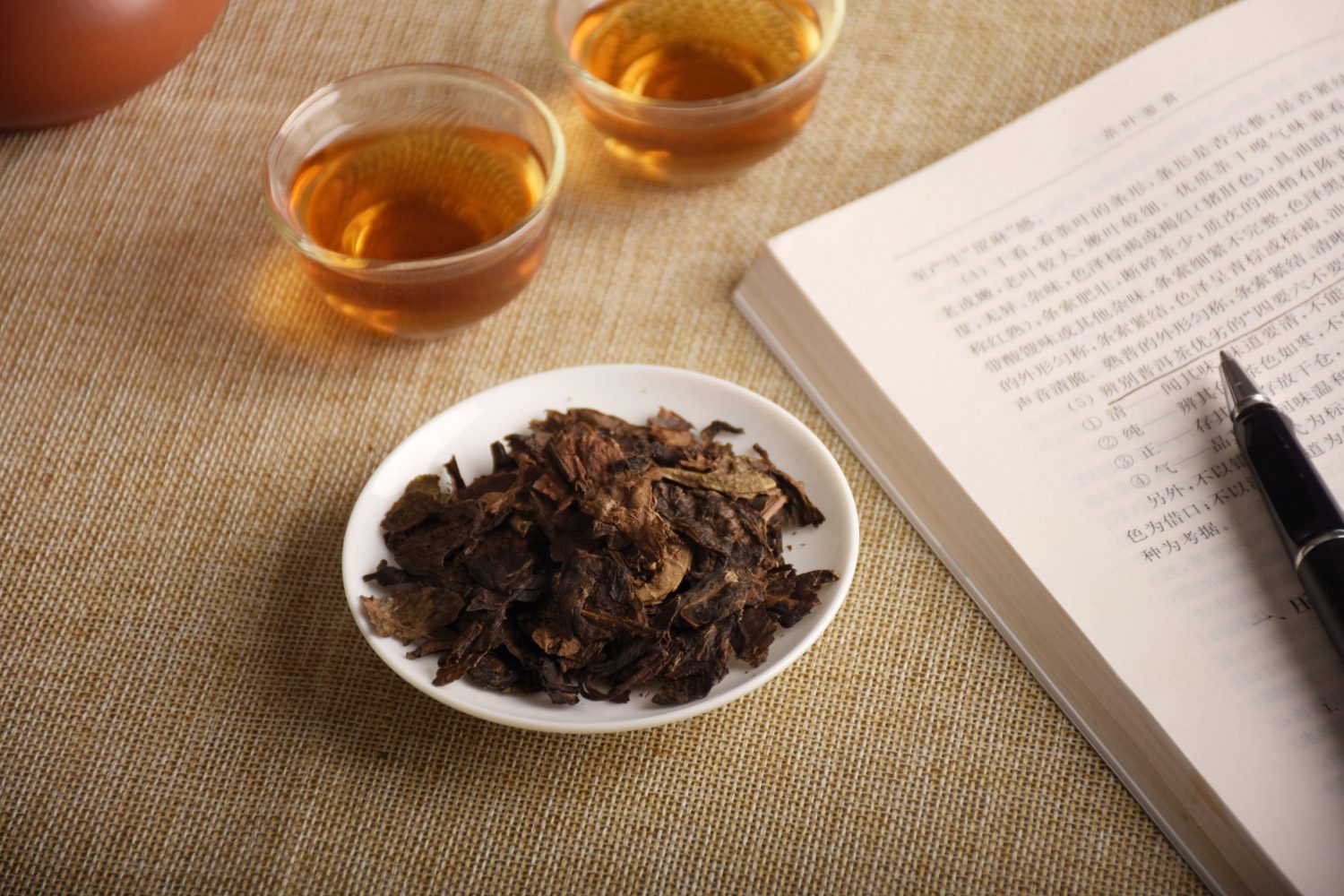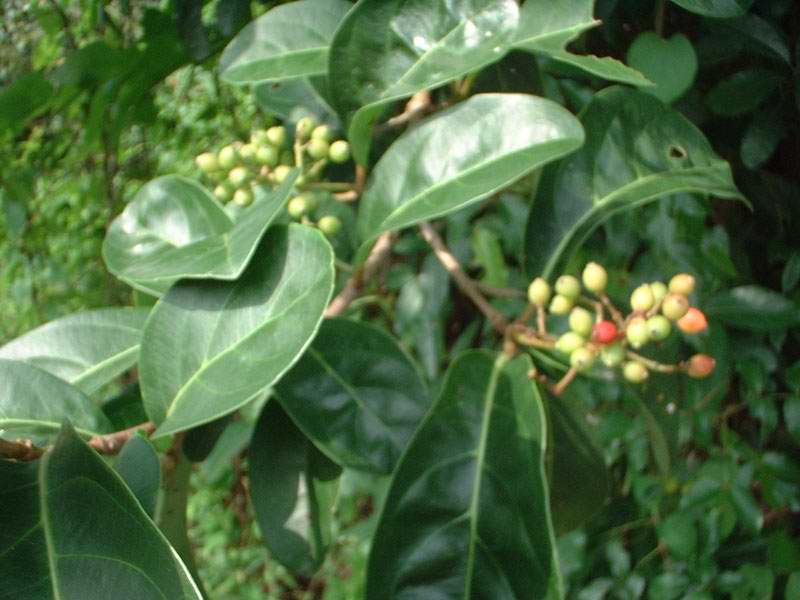Taiping Monkey Kui is a Chinese green tea that belongs to one of China's top ten famous teas and is produced in the Huangshan District (formerly Taiping County) of Anhui Province. This tea is not only known for its unique appearance and high quality taste, but also loved by tea lovers for its long history and deep cultural heritage. Let's delve deeper into the uniqueness of this tea.
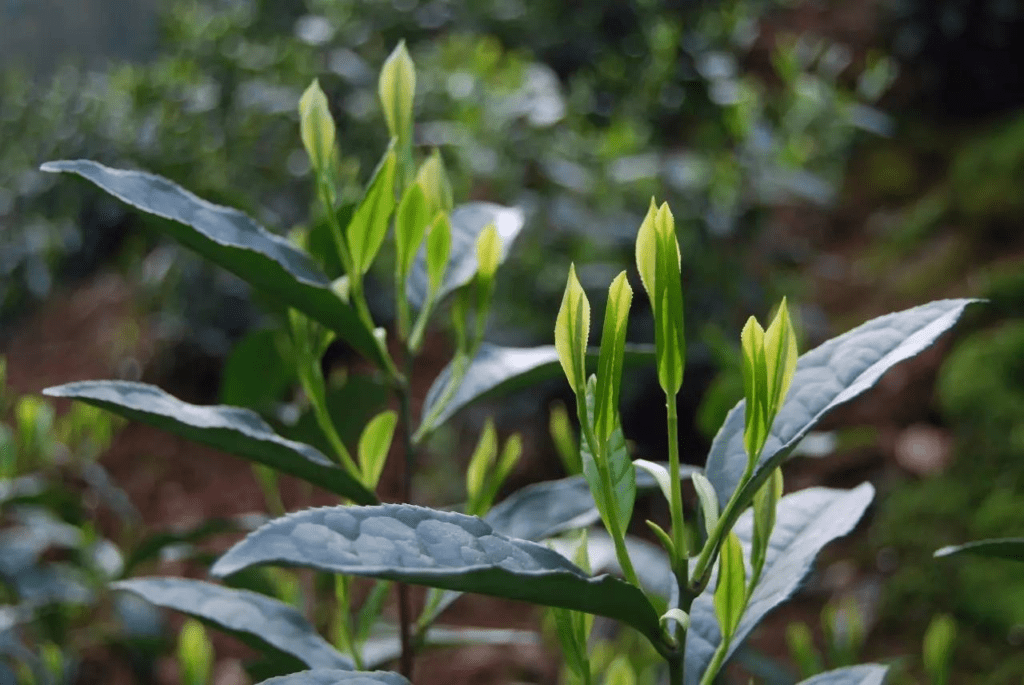
History and Origin of Taiping Monkey Kui
Taiping Monkey Kui, the name sounds full of legend. It is produced in the Huangshan District of Huangshan City, Anhui Province, China, where the natural conditions are unique, with high mountains, fertile soil, and clouds, providing an excellent environment for the growth of the tea. The history of Taiping Monkey Kui can be traced back to the Xianfeng period of the Qing Dynasty, when Mr. Zheng Shouqing opened a tea plantation on the banks of the Ma Chuan River, and after careful cultivation, he produced this flat, straight, fresh and flavorful "pointed tea". Because of its excellent quality, this tea was named "Taiping Jiancha", and later developed into what we know today as Taiping Monkey Kui.
Appearance and Characteristics of Taiping Monkey Kui
Taiping Monkey Kui is famous for its unique appearance. The tea leaves are flat and straight, shaped like "Monkey Kui", with a pale green color, thick leaves, and a layer of white hairs on the back of the leaves. After brewing, the buds and leaves spread out and float up and down in the water, just like a monkey play, which is very interesting. The tea soup is clear and bright, the aroma is fresh, the taste is mellow and sweet, with unique orchid and chestnut fragrance.
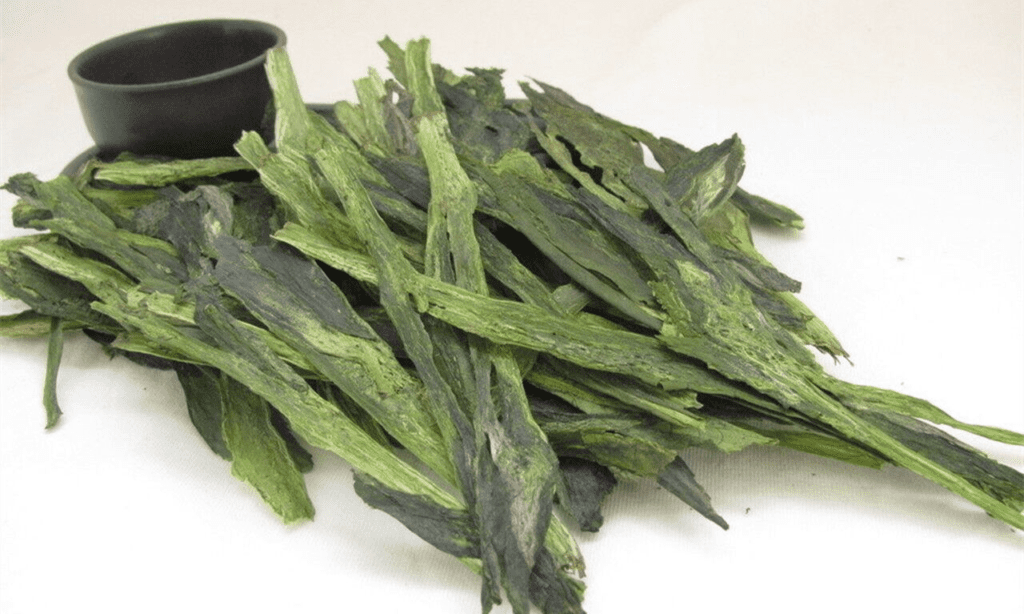
The production process of Taiping Monkey Kui
The process of making Taiping Monkey Kui tea is very delicate and consists of four main steps: picking, greening, kneading and baking. Each step requires the care and experience of the tea growers, especially in the greening and kneading process, where the temperature and time need to be strictly controlled in order to maintain the form and aroma of the tea leaves.
- pluck: This is usually done around the Ching Ming Festival, and only the two leaves and one bud of the new shoots are selected.
- finalize: The oxidation of tea leaves is quickly stopped by high temperature, preserving its green color and fresh taste.
- torture: The tea leaves are twisted into a flat shape, a step that determines the shape of Taiping Monkey Kui.
- cure by drying over a fire (tea, meat etc): Drying slowly over charcoal gives the tea a stronger aroma and extends its shelf life.
Tasting and Brewing of Taiping Monkey Kui
The brewing method is very important to fully experience the charm of Taiping Monkey Kui. Here is a simple guide:
- temperature of the body of water: Use 80-85℃ water for brewing to avoid high temperature destroying the freshness of the tea leaves.
- dosage: Take 3-5 grams of tea at a time and place in a glass.
- wash tea: Pour quickly on the first brew to clean the tea.
- brewing: After the second flush, let it sit for 2-3 minutes to allow the tea to fully unfold and release its aroma.
When tasting, you can smell the aroma first, then take a small sip to let the tea soup slowly disperse in your mouth and experience its sweetness and fresh aroma.
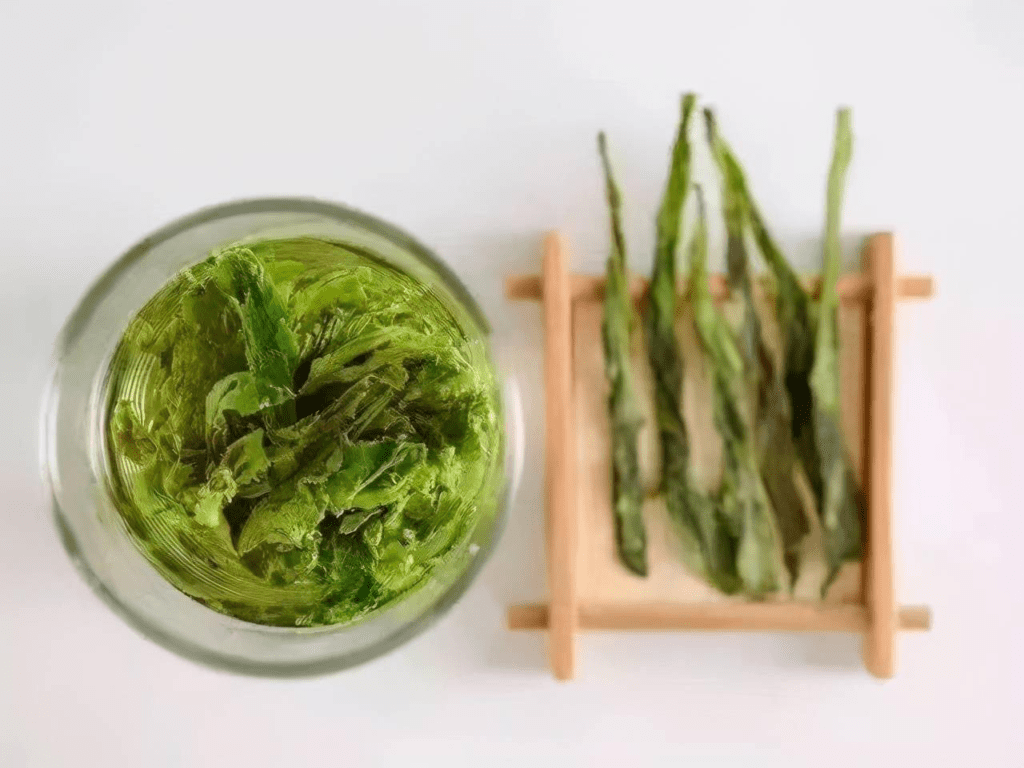
Health Benefits of Tai Ping Monkey Kui
Like other green teas, Taiping Huikui is rich in antioxidants, which have a variety of health benefits, including:
- antioxidant: Helps neutralize free radicals and slows down the aging process.
- boost metabolism (biology): Helps with weight loss and maintaining a healthy weight.
- improve digestion: Promotes the secretion of digestive juices and aids in digestion.
- boost: Enhances the body's immune function and prevents disease.
How to buy quality Taiping Monkey Kui
When choosing Tai Ping Monkey King, pay attention to the following points:
- contour: The leaves should be flat and straight, pale green and shiny.
- fragrance: Smells of fresh orchids or chestnuts.
- tea broth: The tea broth after brewing should be clear and bright, with the tea leaves slowly unfolding in the water.
- texture (of food): It should taste fresh and sweet, without bitterness and astringency.
summarize
Taiping Monkey Kui, as a fine product of Chinese green tea, attracts countless tea lovers with its unique shape, aroma and taste, which is not only a kind of tea, but also a kind of cultural heritage. In Chinese tea culture, tea is not only a kind of drink, but also an attitude to life and a spiritual support. With its unique quality and deep cultural heritage, Taiping Monkey King has become a bright pearl in tea culture. It represents the harmonious unity of nature and humanity, and is a vivid portrayal of the harmonious coexistence of man and nature.
